Best Cross-Platform Mobile App Development Tools Available
Cross-Platform Mobile Application revolution is taking root all over the world. Mobile apps make it so simple to use mobile phones. It makes it easy to go about your day without any hassle. You can book tickets, track orders for food, window-shop via ecommerce, and many other things through apps. Mobile app developers are increasingly using cross-platform apps. Before we can get into the best cross-platform mobile app development tools, it is essential first to understand what cross-platform means and why it is so popular.
What is Cross-Platform Development, and how can it benefit you?
Apps for business are created using separate tools and apps specific to each operating system. It is a traditional method of building apps. It has some disadvantages, such as increased development costs and increased time. It also requires highly skilled developers who can speak multiple languages.
Cross-platform technology can help you overcome these limitations. It refers to developing a single app used across multiple mobile platforms. Creating an app using a universal programming language is possible, such as JavaScript for React Native and Dart for Flutter. The cross-platform design allows you to reduce development time and costs while improving the performance and efficiency of mobile apps.
Cross-Platform Mobile Application Framework
Organizations have been trying to make work easier online since the 1990s. Apps for managing employees and running day-to-day operations are the best option. In today’s world, it’s easier than ever to develop a Cross-Platform Mobile Application. Modern workplaces require cross-platform app development. Integration of different platforms and devices, such as iOS, Android, Windows, etc., is the real problem. It is where cross-platform app development can come in.
Cross-Platform Mobile Application let the app work on multiple devices. These are just a few of the options available:
- Hybrid apps
- Rapid mobile app development
- Windows universal apps
- Progressive Web Apps
Native apps are also better than cross-platform apps in many essential aspects. We will talk more about this later. Best Cross-Platform App Development Tools
It is essential to select the right cross-platform services for building apps. There are many cross-platform frameworks on the market today. Each framework has its pros and cons. We’ve compiled a list with 11 cross-platform development tools we believe are the best for 2021. Let’s take a closer look at each one.
Phone Gap (Apache Cordova)
Apache Cordova was the first to be added to this list. It allows for the creation of cross-platform app development tools at a fraction of the cost. It also includes a compiler and debugger and a few tools to test. Phone Gap plugins can trigger smartphone functions such as GPS, accelerometers, cameras, and sound. PhoneGap allows in-app purchases to the iOS App Store and Google Play Store. It is an excellent tool for front-end developers.
Singular Features :
A solid backend is vital.
Open Source makes it easy to share
Developers have a lot to choose
Appcelerator
Appcelerator is another cross-platform tool that can create, deploy, test, and maintain a mobile app’s functionality. It uses JavaScript, a universal programming language.
The same code could create apps on different platforms, such as iOS, Android, or Blackberry. The best option is to develop apps using an experienced JavaScript developer quickly.
Appcelerator includes Arrow DB as well as a schemaless database. It allows you to deploy data models with minimal setup quickly. It offers pre-built integrations for MS SQL, MS Azure MongoDB, and Salesforce. The older version addresses issues such as speed and latency.
It is a very cost-effective option because it uses a titanium frame.
Cloud services to pack, distribute, and examine
Access to the primary source code is available at all times.
React Native
React Native is an open-source, cross-platform app development tool that Facebook created. JavaScript is the language and functionality that it uses. The same coding can be used to port your app to iOS or Android.
React Native is unique in that it allows apps to be built natively on the device.
It’s an emerging framework that allows rapid prototyping and high first velocity. It’s simple to learn the basics if you are a proficient JS user. While this sounds incredible, the codes in JavaScript use a lot of memory for calculation-intensive tasks. It is an excellent choice for agile development and can be used in many situations to increase efficiency.
React Native’s Hallmarks:
App Stores make it easier to get your app noticed. Modular and intuitive architecture – Advanced web technologies enable. The community provides outstanding support.
Native script
Native Script allows you to create native apps that can use on any platform, such as JavaScript, Type Script, or Angular. This app development platform is ideal for creating trendy micro-apps. You can perform precise functions using micro-apps. Micro apps usually focus on one feature development.
NativeScript is based on the following components:
- Runtimes
- Core Modules
- CLIP
- Plugins
- JavaScript
code calls the iOS and Android APIs. The core modules invoke the abstractions needed for the native API. NativeScript allows users to create, run, and build apps using the CLI command.
These plugins form the basis of the app development framework. It’s similar to the plugins used in mobile apps. It provides some functionality that helps developers build faster apps.
The Core Features
There are many cross-platform APIs that you can use. Provides “zero days” support for new native frameworks Fast app development, reusability, and reach.
Flutter allows for faster and more dynamic mobile app development. Hot reload achieved by placing source code files into a Dart Virtual Machine. You can use Flutter to show the widget tree results and automatically rebuild it. It supports navigation, scrolling, icons, and scrolling. You can also launch an iOS or Android app. Flutter is a react framework that includes pre-made widgets, tools, two-dimensional rendering, and devices. It makes it simple to create, test, and build apps. The Hallmarks Of Flutter Developers can create iOS and Android from a single code base. It makes them more productive. High customization and a broad range of material designs OEM widgets enable you to create brand-driven designs
Xamarin supports cross-platform development for mobile, desktop, and tablet devices. Native UI components can be created by developers using Android or iOS. Xamarin supports languages such as C#, F#, and Razor template engines. Microsoft bought Xamarin on February 16, 2016. The Xamarin SDK was later released. Microsoft Visual Studios offers an optional tool that allows you to integrate enterprise features. Developers can respond to client inquiries via a native-friendly interface. It is a universal program that supports both developers and end-users.
The primary attributes are:
This new version has a minor impact on your disk and is therefore easy to install Unique visual experience for iOS or Android As per your requirements, automatic Android SDK installation
Fargo
Fargo is a cross-platform SDK for development that uses the Qt framework. It’s simple. Qt is a well-known C++ framework that many developers use. Fargo creates an app and adds game elements to the Qt core. Analytics tools, in-app purchases plugins, etc. It can also be used standalone.
Fargo is an open-source tool for mobile app development. It is very popular with the new generation of developers. They don’t charge profit for businesses that don’t make a profit.
Fargo is a popular choice among developers as it offers 90% savings over Xamarin and React Native. Fargo quickly rose in the ranks by being a beginner-friendly, safe, time-saving platform and providing adequate support.
What makes it different?
- Native apps can run on multiple platforms faster and have stunning UIs.
- Create embedded systems applications using JavaScript or C++
- Create games quicker with an in-game editor, multiplayer, and Felgo cloud services
- Live reloading codes for Windows, Linux, or Mac One reload every second.
Ionic
Ionic‘s mobile application development framework uses HTML5 to create hybrid apps. Hybrid apps offer more benefits than native apps when considering support, speed, and third-party accessibility. If you have limited time, hybrid apps are a good option.
Native-style UI components and layouts can be used on iOS and Android development. However, to function like a native app, it must be stored in HTML5 frameworks such as Cordova or PhoneGap.
The most recent updates:
Stencil allows you to create web components that conform to the standard. A layer known as cross-platform API is the capacitor. This allows you to call native SDKs from your web code directly.
Lazy loading Ionic 4 is included with it. It will allow you to speed up your app loading by breaking it into bundles.
RhoMobile offers Rhodes. This Ruby-based open-source framework is compatible with Symbian and Android app development.
RhoMobile provides:
- RhoHub.
- Hosted environment for developers to build the application.
- RhoSync is an independent server that lets you store all your application data and keeps users up to date.
Native-like applications can be developed for Native-like app. It can be published on multiple platforms with a single code. Native apps are highly efficient at handling hardware. Native apps can deal with hardware faster, more accurately, and more efficiently.
Advantages:
Ruby language has to be used to create simple and effective.
JRuby allows Ruby apps to run on Java containers.
DRY eliminates the repetition of codes and allows for easy development
Kony Mobile Platform
The Kony Mobile Platform provides all necessary functionality for universal apps. There are also channel-specific APIs and third-party libraries that use FFI (Foreign Function Interface) as some of the features. It is their specialty. The Kony One server app allows offline sync and security to mobile-optimized content, SMS push notifications, and other features. The Kony Visualizer powers the front-end using a multi-channel JS API Framework. It aids developers and designers to deliver various services to smartphones, tablets, and desktops on iOS, Android, and other platforms.
Essential Qualities :
Visualizer allows import of any Native API.
Open-source framework Jquery Bootstrap and Angular are used.
Local packaging web contents in the app and within native web contexts.
Sencha
Sencha’s ExtJS functionality looks very similar to React Native. ExtJS can be utilized for the development of Android and IOS mobile apps. You can create HTML5 apps using the visual builder. It also allows you to reuse custom components. The native app packager manages the distribution to Google Play or Apple Store. You can use HTML5 to create your apps to test them on mobile and web browsers. We can use cross-platform tools like Adobe PhoneGap to create functional apps.



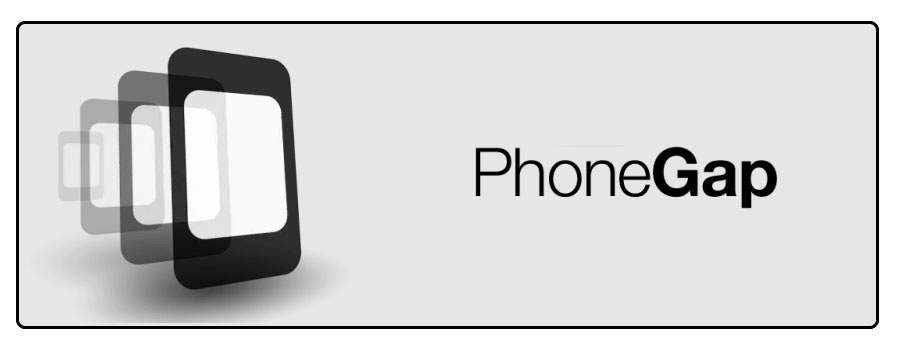
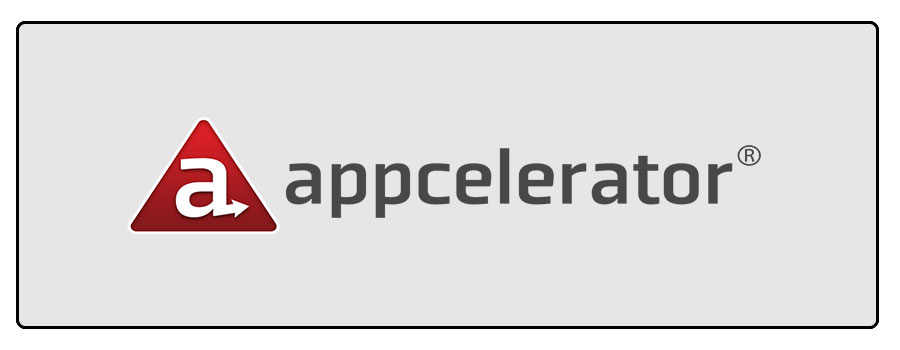
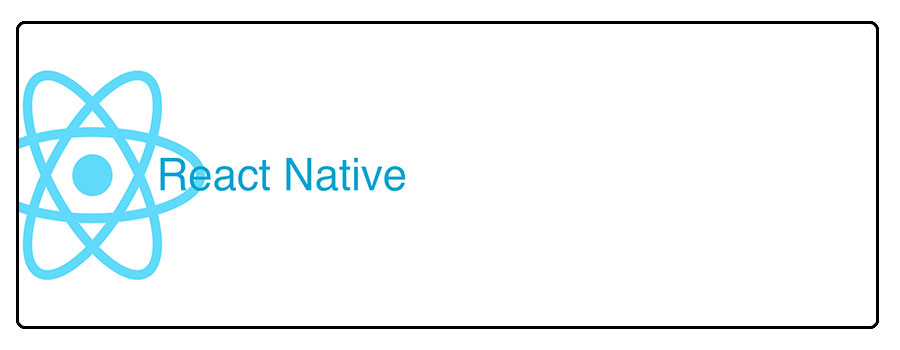
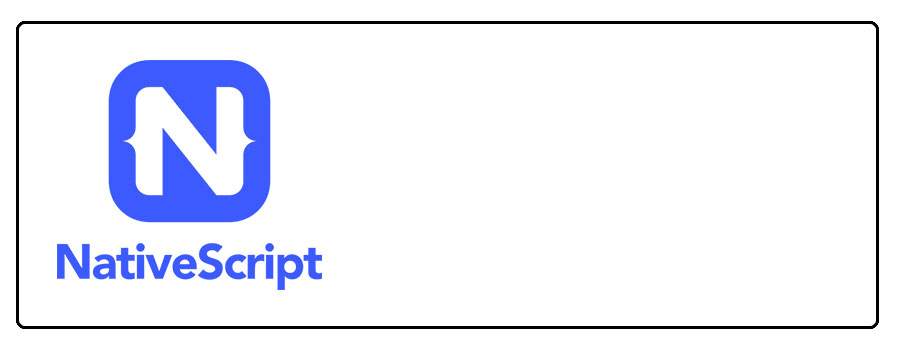

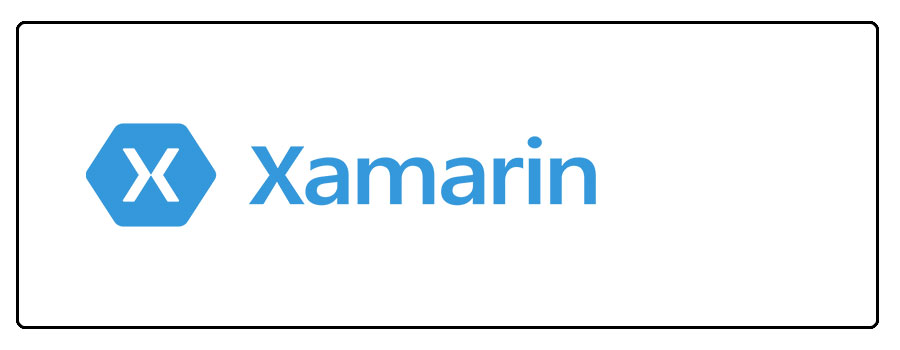

Leave a Reply